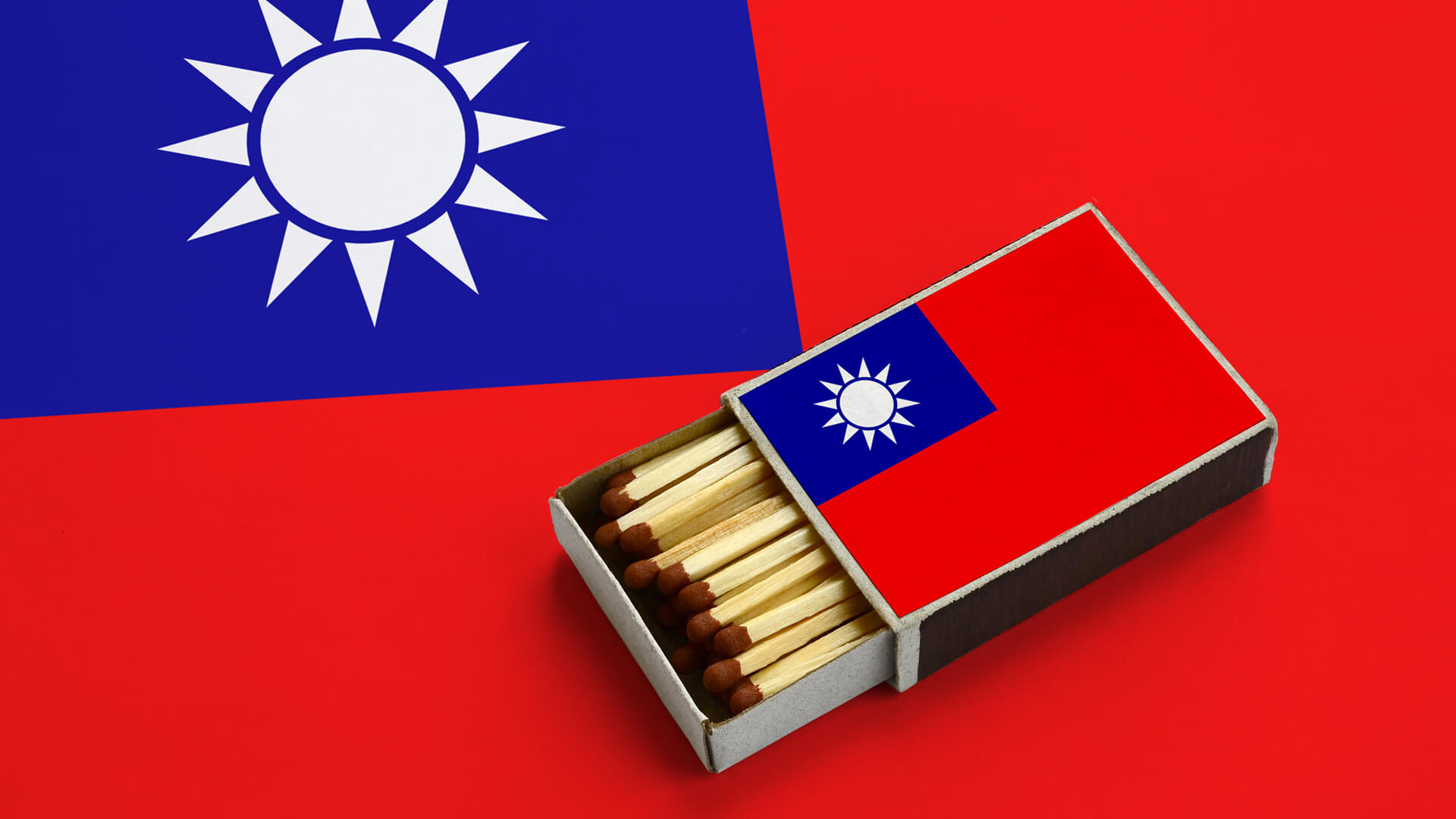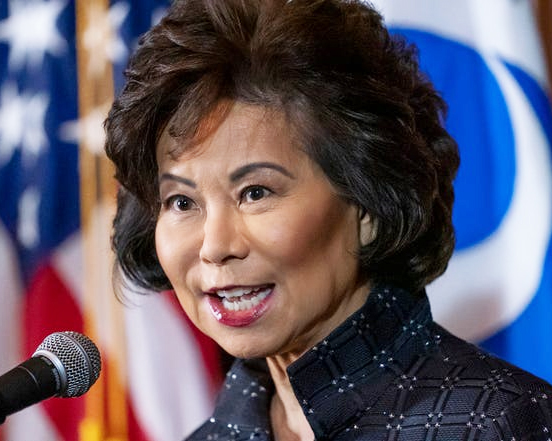
Peter Zeihan: What Would a Conflict in Taiwan Look Like?
Let’s discuss what China’s potential invasion of Taiwan would look like. Should China attack, both Biden and Trump have been explicit that the US would…
Thought Leader: Peter Zeihan

About the author: David Frum is a staff writer at The Atlantic and the author of Trumpocalypse: Restoring American Democracy (2020). In 2001 and 2002, he was a speechwriter for President George W. Bush. Frum is a WWSG exclusive keynote speaker.
Updated at 6:50 p.m. ET on February 11, 2022.
Within a week of the murder of George Floyd in Minneapolis, demonstrators were marching in the United Kingdom, Germany, France, Canada, Australia, and many other countries. The European and Asian protesters mimicked the style and symbolism of the protests in the United States: taking a knee, pulling down statues. In the social-media age, all protests are potentially global.
So it is now, with this month’s protests in Canada, in which truckers opposed to that country’s vaccination requirements have besieged the national capital and blockaded international crossings crucial to Canada’s economy. The truck-blockade movement that started in Canada is being mimicked in New Zealand, France, and Belgium. U.S. law enforcement is bracing for somebody to try something similar south of the border on Super Bowl Sunday, of all holy days. Much of the money donated in support of the Canadian protests has been raised internationally, especially in the United States. Florida Governor Ron DeSantis, Senator Ted Cruz of Texas, and presidential son Donald Trump Jr. are only some of the Republicans who have voiced support for the protesters. The style and symbolism of this event, too, seem strangely nonlocal. One of the most photographed movements of the protests has been a man on horseback hoisting a trump 2024 flag in downtown Ottawa. Confederate flags and MAGA hats have been adopted into a global library of anti-establishment iconography.
The effects of the protests are becoming global too. Trucks are obstructing the Ambassador Bridge between Windsor, Ontario, and Detroit. That’s the busiest of all the border crossings between the United States and Canada, crucial to moving auto parts. Obstructions have been reported at border crossings in Alberta and Manitoba as well. Another convoy is trying to impede the main road from Manitoba to Ontario. Yesterday, protesters attempted to block access to Ottawa’s airport.
The blockades are very much a rogue movement. They have been condemned by the Canadian Trucking Alliance and Canada’s Teamsters Union. About 90 percent of Canadian truck drivers are vaccinated; comparatively few of those protesting are professional truck drivers. The protesters are not anti-lockdown. They are anti-vaccination. The spark for the protests was a requirement that truckers be vaccinated to cross the U.S.-Canada border. This is not a movement of “working class” protesters against remote, affluent elites. The burden of the protests has fallen on Ottawa residents, whose streets have been paralyzed, and Canadian autoworkers, who face factory shutdowns because of cross-border disruptions.
About 32 percent of Canadians express broad sympathy with the protests. That’s not popularity, but it’s not crippling unpopularity either. Justin Trudeau is Canada’s prime minister on the strength of 32.6 percent of the votes cast in the 2021 federal election. And although the most obnoxious acts of the protesters have provoked almost universal revulsion, it’s by no means clear that they will ultimately lose this trial of political strength. Voters everywhere expect governments to keep order, and if governments cannot or will not do the job, the people in charge of those governments will pay the political price. There may not be a lot of room for the truckers’ popularity to rise. There’s a lot of room for Trudeau’s popularity to fall. This drama is unfolding on Ottawa streets, framed on television screens by the skyline of the Canadian federal Parliament. Canadians will not blame the chief of the Ottawa police force if the blockades continue. They will not blame the Ontario provincial police, or the Royal Canadian Mounted Police, or the provincial premiers. It’s the authority of the national government that is being challenged—it is the national economy that is being disrupted—and it’s the head of the national government to whom Canadians will look for a resolution. If Trudeau does not or cannot deliver that resolution, he will pay the price.
This crisis may be building to something truly dangerous. Trudeau has to act, but Canada may lack the means to act effectively and decisively enough to end the protests without harm to protesters or police. A big show of force may persuade protesters to return home quietly. A not-so-big show may tempt them to resist and see what happens. The province of Ontario will reportedly introduce emergency legislation today. That could test the issue.
If a crackdown goes bad in Canada, the negative consequences may not be confined to the country. The truck disruptions have shocked Canadians because Canada is generally an extremely law-abiding place. To a great extent, Canada still is law-abiding: When a court ordered the truck protesters to cease blaring their horns, the horn-blaring ceased. If the practice of using trucks as rolling fortifications were to spread south of the border, however, it could mobilize American protesters, who are less law-compliant than their Canadian counterparts.
Politically motivated violence in America has been on the rise in the past half-dozen years: the riots and looting in U.S. cities after Floyd’s murder; the takeover of a portion of Portland, Oregon, by left-wing militants; the attempted kidnapping of Michigan Governor Gretchen Whitmer by anti-pandemic-restrictions extremists, all preceding the January 6 attack on the U.S. Capitol—and whatever comes next.
Maybe this latest form of performative intimidation is only being road tested in Ottawa. It could be coming to American cities soon.
This article previously misstated the kind of extremists involved in Gretchen Whitmer’s attempted kidnapping.
Peter Zeihan: What Would a Conflict in Taiwan Look Like?
Let’s discuss what China’s potential invasion of Taiwan would look like. Should China attack, both Biden and Trump have been explicit that the US would…
Thought Leader: Peter Zeihan
Dr. Sanjay Gupta: Rethinking Health Rules We Grew Up With
“Drink your milk,” we are told as children. CNN Chief Medical Correspondent Dr. Sanjay Gupta examines our practice of continuing to drinking cow’s milk as…
Thought Leader: Sanjay Gupta
Erika Ayers Badan: Turning What Fuels You Into Business
Kerri Rosenthal is an artist, a businesswoman, a mom, not someone giving up her ambition (is that what we’re supposed to be doing at work…
Thought Leader: Erika Ayers Badan

